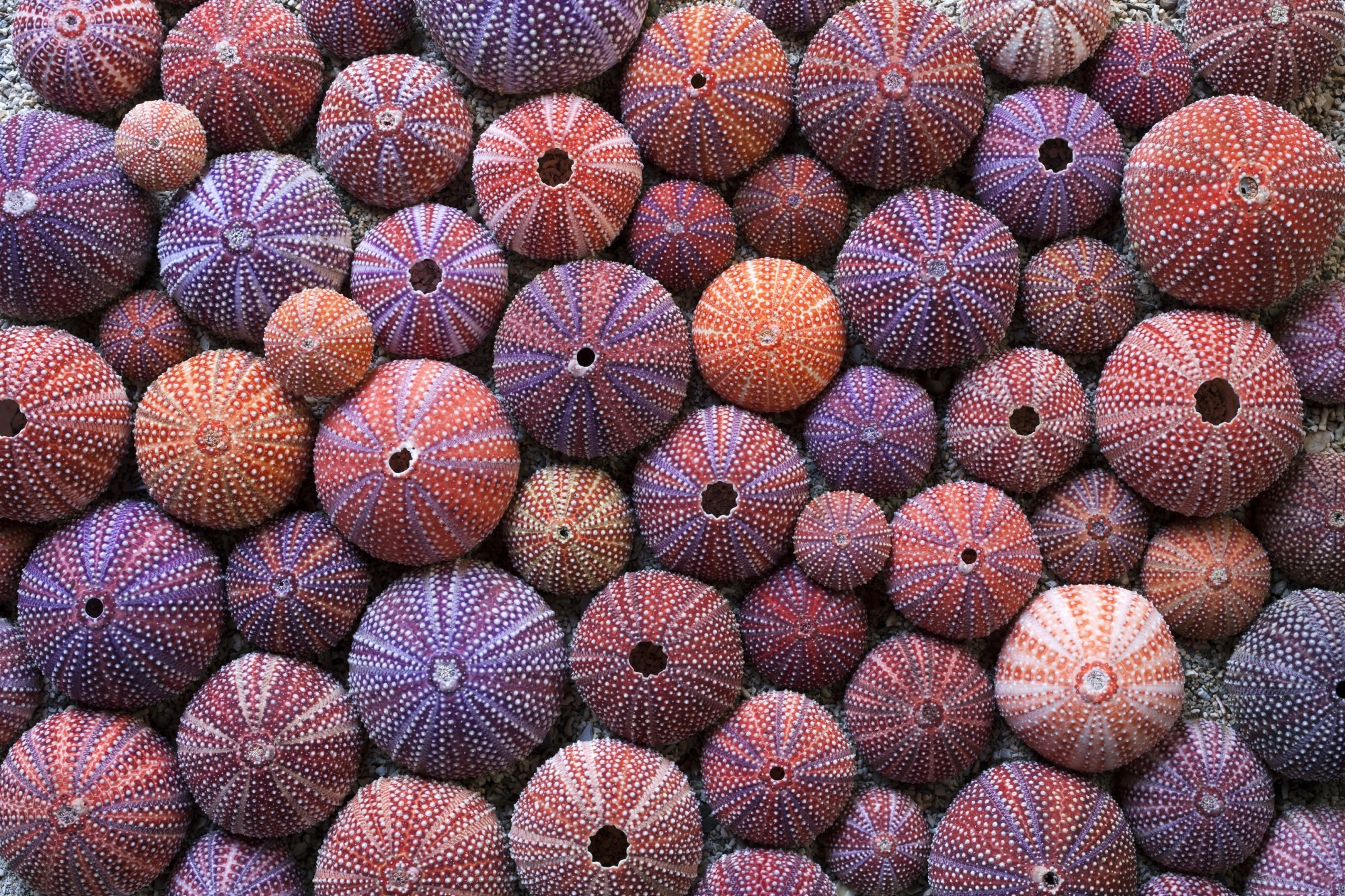According to researchers from the University of Exeter, sea urchin larvae that are raised in high levels of plastic pollution often die due to developmental abnormalities.

Image Credit: Ingrid Maasik/Shutterstock.com
Researchers compared the effects of freshly manufactured PVC pellets, known as nurdles, with fragments gathered from beaches by placing fertilized urchin eggs in seawater with varying levels of plastic pollution.
PVC caused significant abnormalities, and all of the urchin larvae died in all three of the tested concentrations (1%, 5%, and 10% of plastic in seawater).
The larvae were also killed by beach-collected fragments at a 10% concentration, but they lacked proper shape.
Lower levels of plastic from the beach did not cause the embryos to die, indicating that newly made plastic is more harmful because it still contains a lot of additives that can leach out.
Although the concentrations examined in the study are uncommon in the oceans, they could appear after plastic spills or in places where pollution builds up, like the tide line.
The new study expands on previous findings made by the research team, which includes members from the University of Exeter in the UK and the Anton Dohrn Zoological Station and National Biodiversity Future Center in Italy, indicating that plastic additives can harm sea urchin larvae. It also describes how this damage happens.
The larvae affected by plastic pollution showed developmental abnormalities including malformation of the skeleton, neural and immune cells. They also showed ‘radialisation’ – meaning they lacked proper symmetrical structure, and were instead largely formless and therefore unable to survive.
Dr. Eva Jimenez-Guri, Postdoctoral Researcher, University of Exeter
Dr. Jimenez-Guri added, “In these larvae, mitochondria (the ‘powerhouses’ of cells) did not work properly, and they showed signs of oxidative stress, which damages cells.”
The study identifies the genetic mechanisms causing these anomalies.
In the case of new PVC nurdles, the damage was caused by high concentrations of zinc that leached into the water.
When larvae are exposed to 10% PVC pollution, their gut develops outside of the body; however, exposure to 5% and 1% levels can also result in fatal abnormalities.
Since most of the additives in the beach-collected samples from Cornwall, UK, had already been released into the sea, they did not release significant amounts of zinc.
However, these particles gather a range of organic pollutants, and the release of these pollutants accounts for the anomalies observed in this study.
Dr. Jimenez-Guri further added, “Our findings point to clear and specific detrimental effects of marine plastic pollution on the development of sea urchin larvae. We have identified the genes that are affected by these pollutants, and we know many animal species rely on the same genes for key early stages of development.”
“So, it is possible that plastic pollution could cause similar abnormalities in other species, and we are already investigating this in the next stage of our research. While the levels of pollution assessed in the study are not common in the ocean, marine plastic pollution continues to increase at a rapid rate—with potentially serious consequences for marine life,” she further stated.
The research conducted by Dr. Jimenez-Guri was supported by a Marie Sklodowska-Curie fellowship.
Journal Reference:
Paganos, P., et al. (2022) Plastic leachate-induced toxicity during sea urchin embryonic development: Insights into the molecular pathways affected by PVC. Science of The Total Environment. doi:10.1016/j.scitotenv.2022.160901.